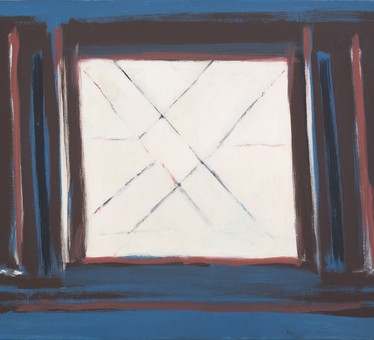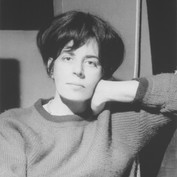Maria Leontina

São Paulo, Brazil, 1917 —
Rio de Janeiro, Brazil, 1984
Before including geometric abstraction in his formal vocabulary, Leontina produced, in the 1940s, portraits that combine the expressionist trait with serenity. Despite the vigor of the brushstrokes and dark lines marking outlines, the figures emanate the peace of those who savor the slow flow of time, with low eyes and relaxed eyelids. The still lifes of the late 1940s contrast with the smooth stability of the portraits. They evoke Cézanne and the imminent movement in the table tops that lean towards the plane of the canvas, as if pouring apples out of the picture.
From the mid-1950s, there is no more figurative suggestion in the works of Maria Leontina. The compositions have a machinic and playful character, especially when circular shapes predominate. Philosophical investigation of time remains a common and founding element, both in his figurative and abstract works. If concrete art assumes the use of basic elements of painting, such as line and color, Leontina’s art assumes the basic elements of life: space and time. The slow mobility of the pulleys’ existence or machinery is insinuated in their compositions that, almost musical, always seem more linked to spirituality than to the body.
Women Ahead
It's never too late to pay homage to women. On the last day of March 2020, Dan Galeria presents the collective Mulheres à Frente, bringing together Brazilian artists of extreme relevance and participation in our history of art.
